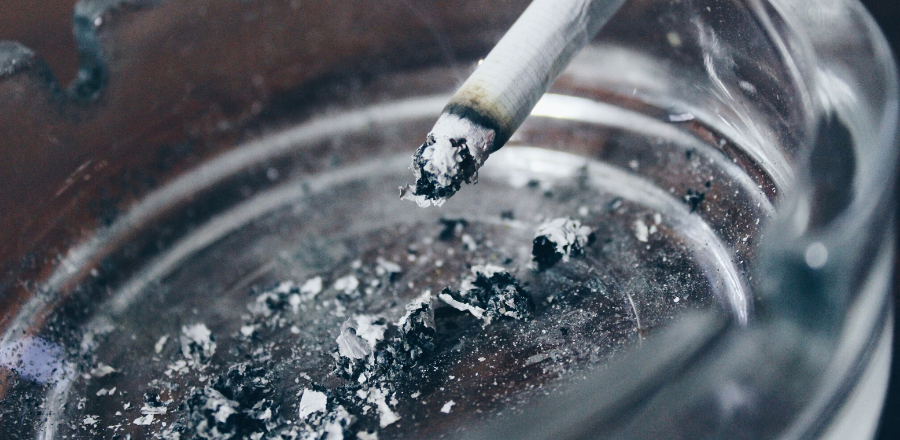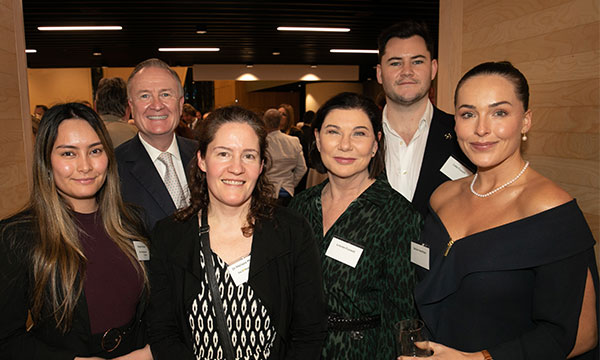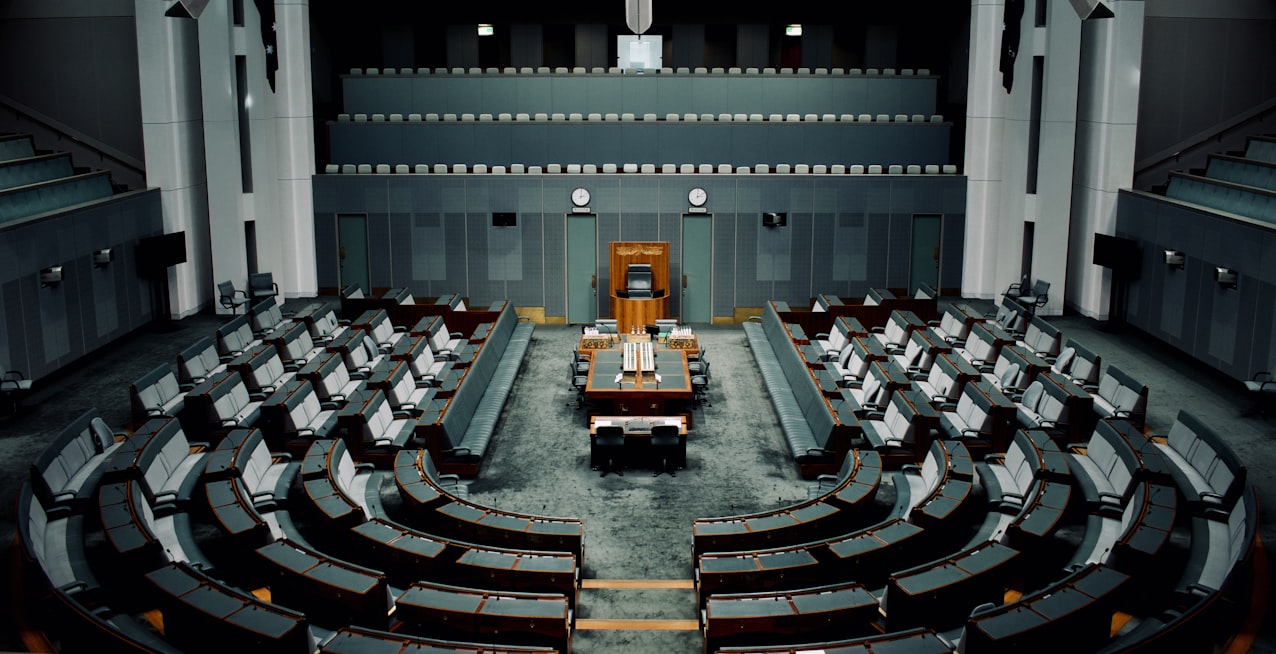L’viv, Ukraine – Cultural heritage, a cornerstone of identity and a repository of memory and unity has persistently faced threats since the onset of the war in Ukraine. In conflict zones, satellite imagery often serves as the primary tool for accessing accurate, data-backed information regarding the extent of damage to cultural heritage.
In a groundbreaking initiative aimed at preserving Ukraine’s cultural legacy, the United Nations Institute for Training and Research (UNITAR) through the United Nations Satellite Centre (UNOSAT) and the United Nations Educational, Scientific and Cultural Organization (UNESCO) have collaboratively developed a capacity-development training programme focusing on the utilisation of satellite imagery and data interpretation. From 27 to 30 November 2023, UNESCO and UNOSAT staff conducted training for twenty Ukrainian cultural professionals in Lviv, Ukraine. Each day of the programme centred on specific areas, covering topics from georeferencing to damage assessment.
Michelle de Gruchy, a landscape archaeologist and senior analyst for UNOSAT, explains,
Satellite imagery allows cultural heritage professionals to monitor sites remotely. Using satellite imagery, cultural heritage professionals can determine if a property is damaged and, potentially, also the specific timeframe of when any damage took place. This information, collected remotely using satellite imagery, enables cultural heritage professionals to focus their field efforts on the properties that require their attention the most.
Dr. de Gruchy concludes,
I hope that this UNOSAT-UNESCO training will make it easier for the attendees to map and monitor cultural heritage properties and open up new possibilities for their research and daily work.
This training course is a turning point in how Ukrainian cultural experts address the damage caused by the war.
Serhii Revenko, architect and 3D Scanning Consultant for UNESCO, notes,
Before the training, I was already interested in GIS technology. This training has equipped me with powerful tools to create more impactful products. It was extremely helpful.
Olga Tovkus, Chief Specialist of the Department of Accounting and Preservations of Cultural Heritage Objects of UNESCO at the Odesa City Council, adds,
Before that, we only used the primitive version of Google Maps, and we didn’t know that satellite imagery was so powerful. I discovered the power of satellite imagery, its richness, and its possibilities.”
Equipped with newfound skills, participants can now identify cultural heritage in imagery and work with satellite-driven products. This empowers them to provide evidence and report damage to UNOSAT and UNESCO using Geospatial Information Technologies (GIT).
Manuel Fiol, Senior Image Analyst at UNOSAT, expresses,
Leveraging local and international efforts directed at safeguarding cultural heritage is the best way to protect cultural heritage, and this is precisely what we are hoping to achieve with this training in L’viv.
Beyond the technical skills acquired by the participants, this training is the cornerstone of creating a community involved in cultural protection through satellite imagery.
Serhii Revenko states,
There are numerous records of damages, and we’re struggling to understand what’s happening. We aim to create a community to collect data based on satellite imagery. This could be extremely helpful for the local engineer and architect community. This training could help us create and establish a network aiming at raising awareness on this matter.
Olga Tovkus plans to share some of the maps with her colleagues.
Thanks to this training, I will be able to communicate effectively on the damaged cultural goods, even with colleagues deprived of technical mapping knowledge.
This training made possible through an agreement signed in June 2023 by UNITAR-UNOSAT and UNESCO, facilitates the monitoring of cultural heritage assets in Ukraine from space. This agreement aligns with the critical need outlined in the 1954 Hague Convention for the Protection of Cultural Property in the Event of Armed Conflict.
The participants expressed their gratitude to UNOSAT and UNESCO for this training.
Serhii Revenko notes, “UNOSAT played a very valuable role. Collecting, informing, and establishing a trusted version of the damage on the heritage sites is paramount. And it establishes a community.”
Both participants agree on the crucial importance of saving cultural heritage in times of war.
Serhii Revenko states,
We should preserve at all costs. Our cultural inheritance is extremely vulnerable during the war. We are at risk of losing it. Culture is what we are and what we have been. It is what created us as Ukrainian people. It is our identity, and we cannot afford to lose it. It’s what we want to pass on to the next generations.
UNESCO and UNOSAT stand prepared to continue to share their expertise and assistance with Ukrainian cultural professionals now and when it will be time for them to rebuild their cultural heritage and shape their future.







